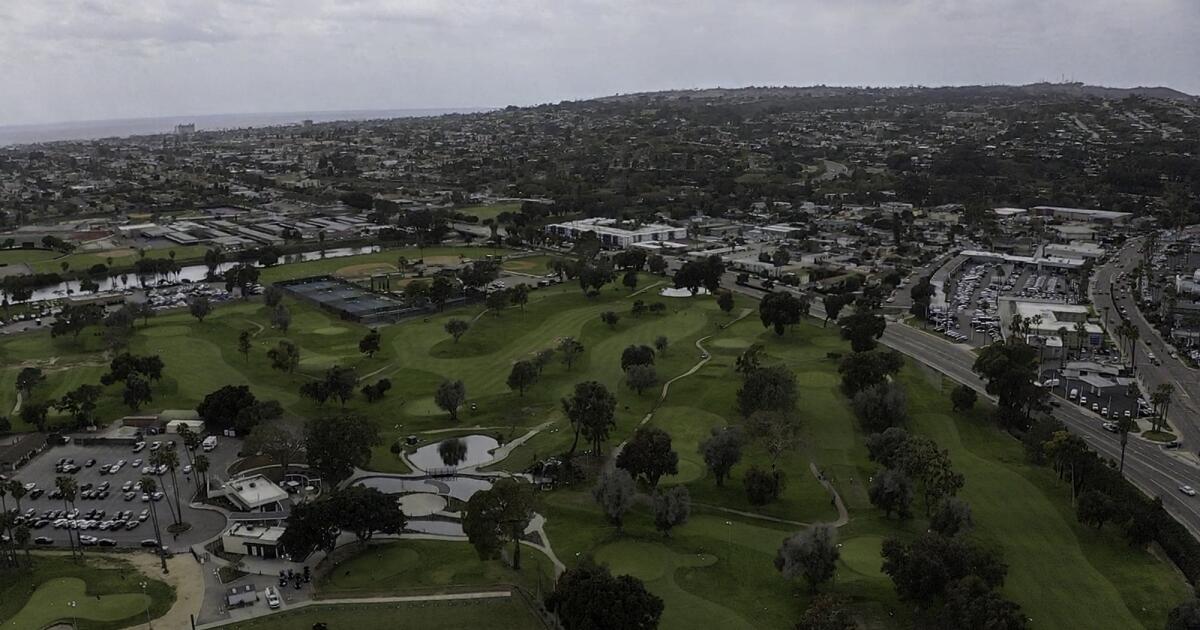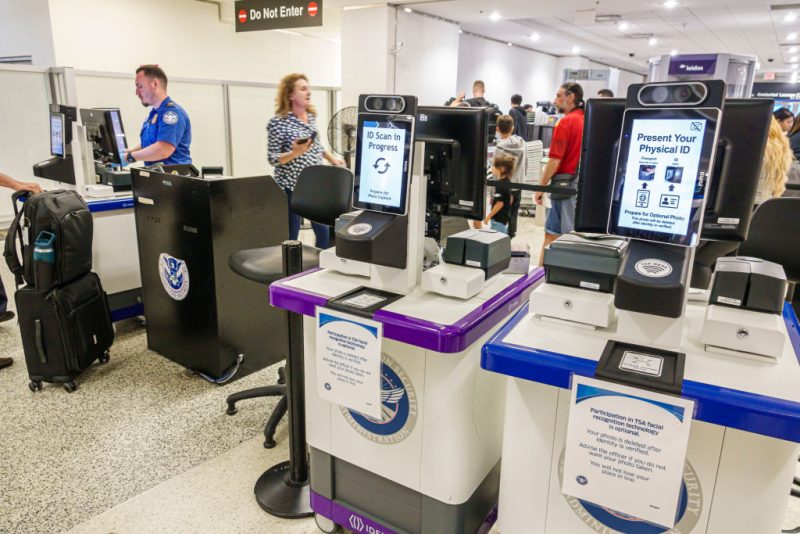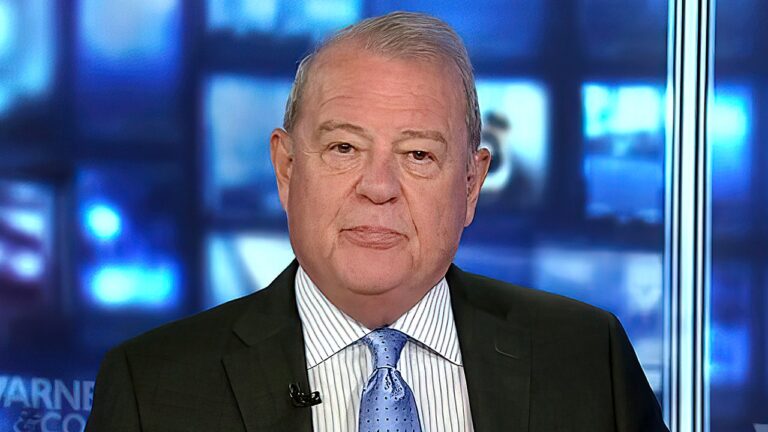

A long-debated plan to transform much of northeast Mission Bay into climate-friendly marshland got official support Thursday from San Diego City Council members for the first time.
The council’s Environment Committee unanimously approved the plan, calling it a fair compromise between environmentalists, supporters of camping and advocates for recreation like tennis, soccer and water skiing.
The plan was praised for managing to preserve all those uses while also fighting sea-level rise and working to take dangerous carbon out of the air by tripling the marshland, wetlands and dunes in the area from 82 acres to 262 acres.
“We are striking a balance that preserves the uses the public loves and thoughtfully plans for the future,” Councilmember Joe LaCava said. “If we are going to preserve baseball, softball, soccer, tennis, golf and camping in this area, then it is our responsibility now to protect those uses from rising seas.”
The plan was also praised for recent revisions guaranteeing that camping and recreation uses, which will shift to new locations, will be able to keep operating until the city is ready to break ground on the changes several years from now.
The plan must be approved by the full City Council later this year and then by the California Coastal Commission. Then city officials expect to create a development plan specifying precisely which uses go where.
After all of that, the city must secure tens of millions of dollars to pay for creating the wetlands and relocating all the existing activities. City officials say the plan will almost certainly be implemented in phases.
City officials also recently backed away from a plan to prohibit the use of motorized boats in the area once it is transformed. They have instead agreed to study that proposal when the specific development plan is ready.
“I think we need to have some data before we ban motorized vehicles,” said Councilmember Jennifer Campbell, predicting boats will no longer be powered by gasoline when San Diego breaks ground on the plan. “This is a long process.”
The fight over Mission Bay’s northeast corner began more than seven years ago, when the closure of the De Anza Cove mobile home park prompted San Diego to explore how to revamp 505 acres of land and water there.
The plan approved Thursday triples marshland partially at the expense of camping space, which would shrink from 62 acres to 49 acres and from 970 campsites to roughly 500.
Recreation space would grow slightly from 60 to 66 acres, allowing two more courts for tennis and pickleball and enlarging some playing fields to regulation size.
But space for golf would shrink by a couple acres, potentially making Mission Bay Golf Course an all-par-3 course instead of an executive course featuring both par-3s and par-4s.
Another loss of space that has gotten less attention is a planned reduction in open areas for picnics and other non-organized activities, from 89 acres to 23 acres. So the park’s northeast corner might feel a bit more crowded.
New features included in the plan are a nature center, a small non-motorized boat area on the beach of De Anza Cove and an extensive network of multi-use waterfront trails.
While the groups fighting over the area for years mostly expressed grudging support for the plan on Thursday, they also complained about what they would lose.
“Despite the overwhelming support for waterfront RV camping expressed by the public throughout the planning process, the proposed project will significantly reduce lower-cost accommodations by as much as 50 percent,” said Jacob Gelfand, whose family owns Campland on the Bay.
The 50-acre Campland on the Bay site would become marshland in the plan so it can be joined with the existing Kendall-Frosh Marsh Reserve north of Crown Point.
Kendall-Frost is the only remaining marshland in 4,000-acre Mission Bay, which was all marshland before it was aggressively dredged after World War II to create what city officials call the world’s largest aquatic park.
“We acknowledge the tremendous challenges the city faces in accommodating a wide variety of public uses within a limited space and recognize that no stakeholder in this process is going to walk away with their optimal scenario,” Gelfand said.
Camping supporters noted that the city received more than $5.6 million in rent and tax revenue from camping in northeast Mission Bay during 2023, an amount that they say would likely shrink significantly under the plan because there would be fewer campsites.
Environmentalists, include a coalition called ReWild Mission Bay, lobbied Thursday for significantly more marshland — 315 acres versus 262.
Andrew Meyer, conservation director for the local chapter of the Audubon Society, said the plan misses an opportunity to take away more atmospheric carbon, a key cause of climate change.
“These habitats are one of the most efficient habitats on Earth for sequestering and storing carbon,” Meyer said of the marshland called for in the city’s plan. “Research has shown that tidal wetlands are the new black gold.”
Sandy Vissman, a representative of the U.S. Fish and Wildlife Service, also criticized the plan. She said it wouldn’t do enough to boost water quality, create wildlife habitat or protect the new marshland against sea-level rise.
Recreation advocates, who were vocal critics of earlier versions of the plan, have been more supportive since city officials increased the plan’s acreage for recreation last year.
LaCava said he appreciated all the lobbying, complaining and hard compromises.
“For the better part of a decade, this plan has been analyzed, dissected, praised, panned and everything in between,” he said. “For an area of our city that means so much to so many people, this level of interest and passion makes sense.”
The city’s plan was approved 6-0 by the Planning Commission in December.
For details, visit the proposal’s website.







